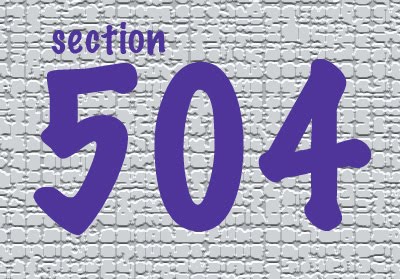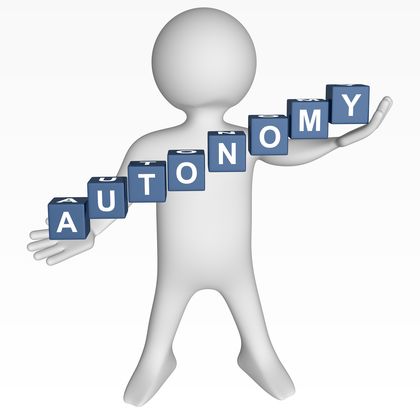Welcome to the Community Transitions Self Determination blog.
You will use this Blog as a guide to delve into the concept of Self Determination.
Topics include:
- Assessment
- IEP Information
- IEP Planning Worksheet
- Person Centered Planning
- Awareness
- Acceptance
- Laws
- Worker Characteristics
- Self Advocacy
- Age Appropriate Transition Assessment
- Accommodations
- Values
- Self Esteem
- Learning Styles
- Communication
- Problem Solving
- Decision Making
- Agency Research
- Community Services
- BioPoem
- Voting
- College Preparation Activities
Create a folder on your personal network account entitled "Self Determination".
You will keep documents you create and assignment you complete in this file.
You will keep documents you create and assignment you complete in this file.






































